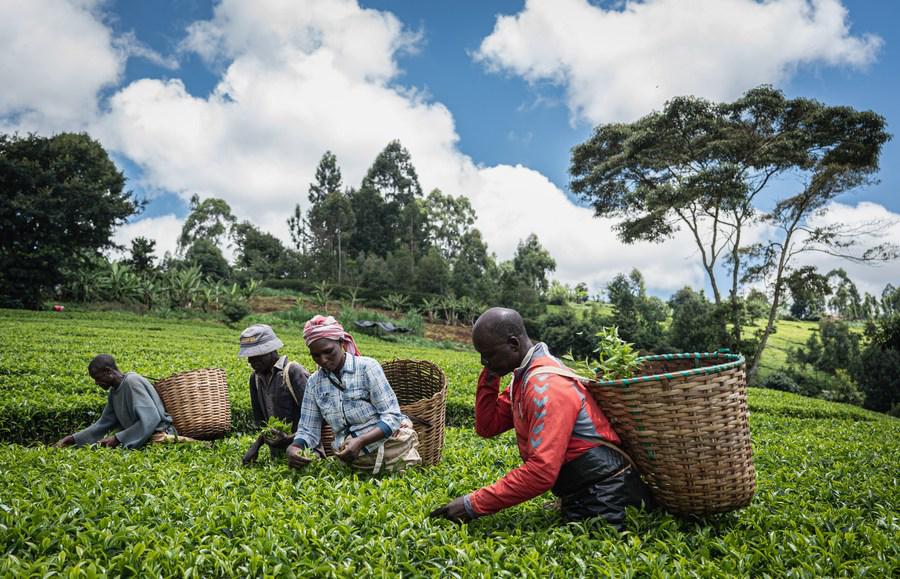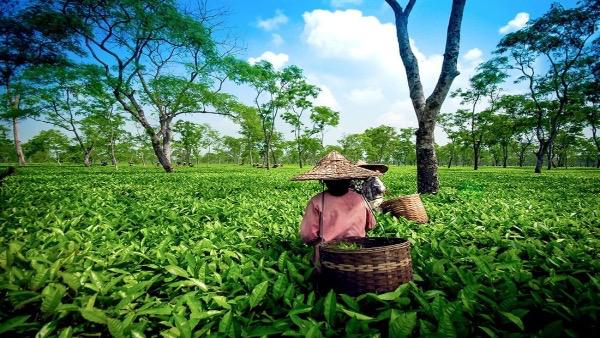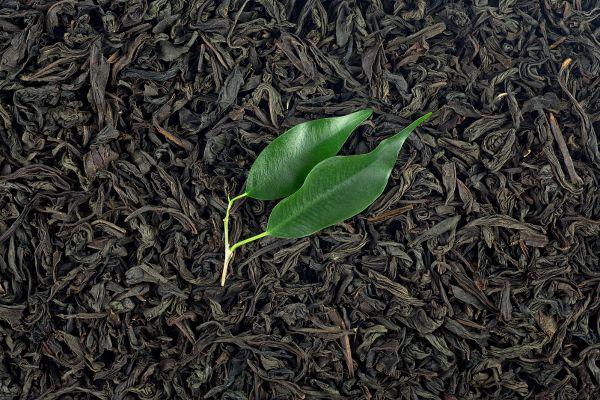Tea is grown in the highlands located within the West and East of Rift and on higher altitude of between 1,500 metres and 2,700 metres above Sea Level. The highlands are spread across 19 tea-growing counties that include Nakuru, Narok, Kericho, Bomet, Nyamira, Kisii, Kakamega, Bungoma, Vihiga, Nandi, Elgeyo Marakwet, Trans-Nzoia, Kiambu, Murang’a, Nyeri, Kirinyaga, Embu, Tharaka-Nithi, and Meru. The growing conditions for tea include tropical volcanic red soils and favorable weather patterns such as well-distributed rainfall of between 1200 mm to 1400 mm per annum. Unlike other countries, Kenya produces tea year round with minimal seasonal variations in quantity owing to its location along the equator. Kenya tea is renowned world-wide for its quality and safety due to adherence to the industry adherence to good agricultural practices (no pesticides or agro-chemicals); good husbandry practices and selection of high quality varieties; skilful processing practices (no additives, preservatives or artificial colouring); continuous improvements due to investment in modern technology and R&D; commitment to Global and National Food Safety standards (ISO, HACCP, KS1927) as well as compliance with environmental and social market requirements (ETP, Fair Trade e.t.c);




